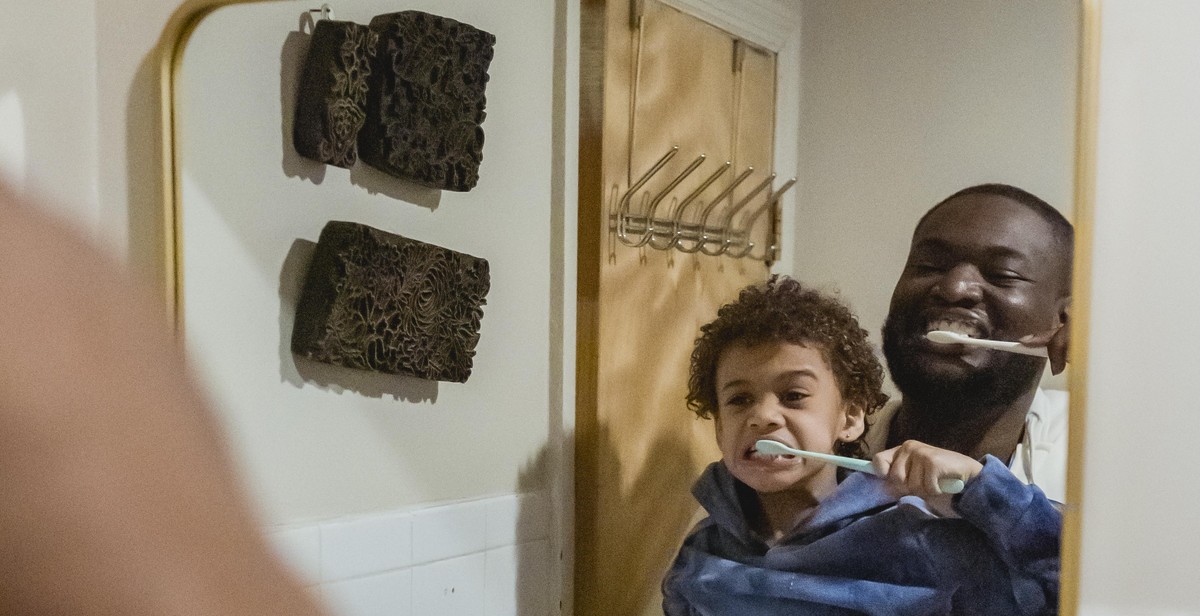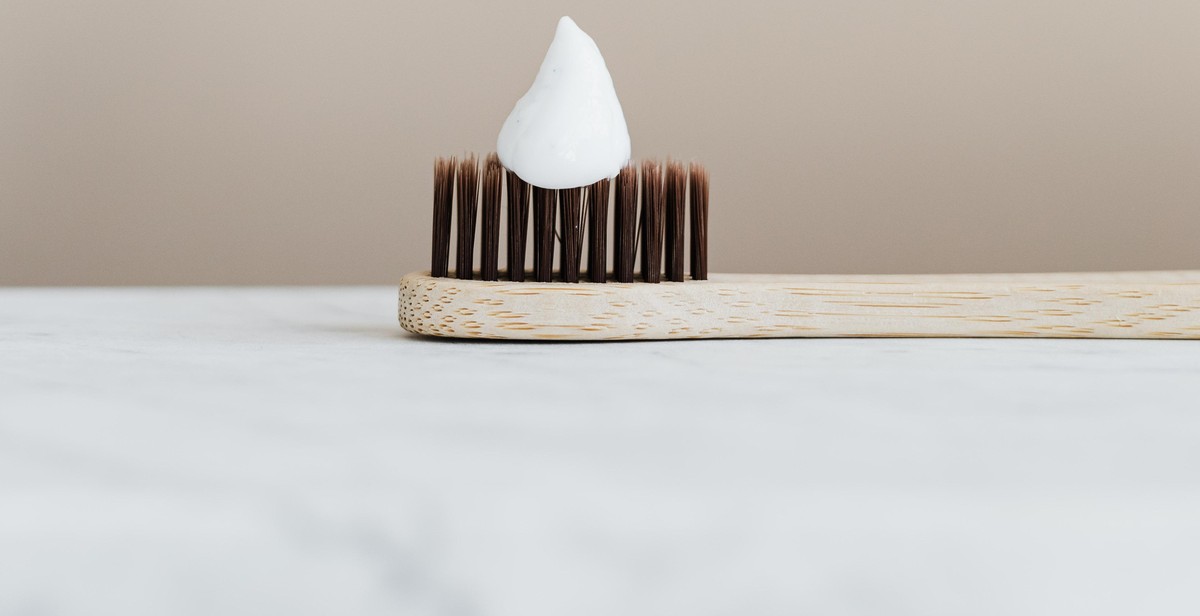Introduction: How to Maintain Oral Hygiene with Proper Brushing and Flossing
Oral hygiene is the practice of keeping your mouth clean and healthy by brushing and flossing regularly. Good oral hygiene not only helps prevent dental problems like cavities and gum disease, but it also contributes to your overall health and well-being.
Why Oral Hygiene is Important
Poor oral hygiene can lead to a host of dental problems, including bad breath, tooth decay, and gum disease. In severe cases, gum disease can even lead to tooth loss. Additionally, research has shown that poor oral hygiene can contribute to other health problems like heart disease, stroke, and diabetes.
On the other hand, maintaining good oral hygiene can help prevent these problems and keep your teeth and gums healthy. Brushing and flossing regularly can remove plaque and bacteria that can cause tooth decay and gum disease. It can also help prevent bad breath, improve your overall health, and give you a brighter, more confident smile.
In this article, we’ll discuss the importance of proper brushing and flossing techniques for maintaining good oral hygiene and preventing dental problems.

The Importance of Brushing and Flossing
Oral hygiene is an essential aspect of maintaining overall health. Proper brushing and flossing can help prevent tooth decay and gum disease, which can lead to serious health issues if left untreated. Here are some reasons why brushing and flossing are so important:
How Brushing Helps Prevent Tooth Decay and Gum Disease
Brushing your teeth twice a day with fluoride toothpaste helps remove plaque, a sticky film of bacteria that forms on your teeth. Plaque can cause tooth decay and gum disease if not removed regularly. Brushing also helps stimulate your gums, which can prevent gum disease.
When brushing, it’s important to use a soft-bristled brush and gentle circular motions to avoid damaging your teeth and gums. Brush for at least two minutes, focusing on each quadrant of your mouth. Don’t forget to brush your tongue, which can harbor bacteria and cause bad breath.
How Flossing Helps Prevent Tooth Decay and Gum Disease
Flossing removes food particles and plaque from between your teeth and along the gumline, where your toothbrush can’t reach. If left in these areas, plaque can harden into tartar, which can only be removed by a dental professional. Tartar buildup can lead to gum disease and tooth loss.
To floss properly, use about 18 inches of floss and wrap it around your middle fingers, leaving about two inches of floss between your hands. Gently slide the floss between your teeth and curve it around the base of each tooth, making sure to go beneath the gumline. Use a clean section of floss for each tooth to avoid spreading bacteria.
Brushing and flossing are simple but effective ways to maintain good oral hygiene. By making them a part of your daily routine, you can prevent tooth decay and gum disease and enjoy a healthy smile for years to come.

Proper Brushing Techniques
Brushing your teeth is an important part of maintaining good oral hygiene. However, simply brushing your teeth is not enough. You need to use the right techniques to ensure that you are cleaning your teeth properly and effectively.
Choosing the Right Toothbrush
Choosing the right toothbrush is the first step in ensuring that you are brushing your teeth properly. When selecting a toothbrush, it is important to consider the size of your mouth and the bristle type. A toothbrush with a small head and soft bristles is ideal for most people. Soft bristles are gentle on your gums and teeth, and a small head allows you to reach all areas of your mouth.
Using the Right Toothpaste
Using the right toothpaste is also important. Look for a toothpaste that contains fluoride, as this will help to strengthen your teeth and prevent cavities. Toothpaste that contains baking soda or hydrogen peroxide can also help to whiten your teeth.
Brushing Techniques
When brushing your teeth, it is important to use the right technique. Start by placing your toothbrush at a 45-degree angle to your gums. Use gentle circular motions to brush the front, top, and back of each tooth. Be sure to brush your tongue and the roof of your mouth as well to remove bacteria and freshen your breath.
It is recommended that you brush your teeth for at least two minutes twice a day. Set a timer or use a stopwatch to ensure that you are brushing for the full two minutes.
Summary
| Step 1: | Choose a toothbrush with a small head and soft bristles |
| Step 2: | Use a toothpaste that contains fluoride |
| Step 3: | Brush your teeth for at least two minutes twice a day using gentle circular motions |

Proper Flossing Techniques
Choosing the right floss is important to ensure that you are able to clean your teeth effectively. There are two main types of floss: nylon and PTFE. Nylon floss is more affordable and comes in waxed or unwaxed options. PTFE floss, on the other hand, is more expensive but is easier to slide between tight teeth. If you have braces or dental work, look for floss designed for these specific needs.
Flossing Techniques
Now that you have chosen the right floss, it is time to learn the proper flossing techniques to ensure that you are removing all the plaque and debris from your teeth.
- Start by breaking off about 18 inches of floss and winding most of it around one of your middle fingers. Wind the remaining floss around the same finger on the opposite hand. This will ensure that you have a clean section of floss to use on each tooth.
- Hold the floss tightly between your thumbs and forefingers and gently slide it between your teeth.
- Curve the floss around the base of each tooth, making sure to go beneath the gumline. Be gentle, as aggressive flossing can cause damage to the gums.
- Use a clean section of floss for each tooth.
- Don’t forget to floss the back of your last molars. Use a back-and-forth motion to clean the sides of the teeth.
- After you have finished flossing, rinse your mouth with water to remove any loosened plaque and debris.
By following these proper flossing techniques, you can ensure that you are removing all the plaque and debris from your teeth, leading to better oral health.

Other Tips for Maintaining Oral Hygiene
In addition to proper brushing and flossing techniques, there are several other tips you can follow to maintain good oral hygiene:
Rinsing with Mouthwash
Rinsing with mouthwash can help kill bacteria in your mouth that can cause bad breath and gum disease. Look for a mouthwash that contains fluoride, which can help strengthen your teeth and prevent cavities. It’s important to note that mouthwash should not be used as a substitute for brushing and flossing, but rather as a supplement to your oral hygiene routine.
Limiting Sugary and Acidic Foods and Beverages
Sugary and acidic foods and beverages can erode the enamel on your teeth, making them more susceptible to decay. Limit your intake of sugary and acidic foods and drinks, such as soda, candy, and citrus fruits. If you do consume these types of foods and beverages, be sure to brush your teeth or rinse your mouth with water afterwards to help remove any lingering sugars or acids.
Regular Dental Check-Ups
Regular dental check-ups are crucial for maintaining good oral hygiene. Your dentist can identify and treat any potential oral health issues before they become more serious. They can also perform a professional cleaning to remove any plaque or tartar buildup that may have accumulated on your teeth. Aim to schedule a dental check-up at least once every six months, or more frequently if recommended by your dentist.
By following these additional tips for maintaining oral hygiene, you can help keep your teeth and gums healthy and prevent oral health issues from developing.

Conclusion
Proper oral hygiene is crucial for maintaining a healthy and beautiful smile. Brushing and flossing regularly can prevent tooth decay, gum disease, and bad breath. It is important to use the right techniques and tools to ensure that your teeth and gums are properly cleaned.
Key Takeaways
- Brush your teeth twice a day for two minutes each time with a fluoride toothpaste.
- Floss at least once a day to remove food particles and plaque from between your teeth.
- Use an antiseptic mouthwash to kill bacteria and freshen your breath.
- Visit your dentist regularly for checkups and cleanings.
By following these simple steps, you can maintain good oral hygiene and enjoy a healthy smile for years to come. Remember, prevention is always better than cure, so make sure to take care of your teeth and gums every day.
Need Help Maintaining Good Oral Hygiene?
If you are struggling to maintain good oral hygiene or have any concerns about your dental health, don’t hesitate to contact your dentist. They can provide you with personalized advice and treatment options to help you achieve a healthy and beautiful smile.
| Contact us today to schedule an appointment! | 123-456-7890 |
